What is the RO 400 GPD Pump for the Zoom Plasma Filter?
The RO 400 GPD Pump for the Zoom Plasma Filter is a booster pump designed to provide optimal water pressure for high-capacity reverse osmosis (RO) filtration systems. It ensures the Zoom Plasma 400 GPD filter operates efficiently, producing purified water at a faster rate while reducing waste.
🔹 Key Features of the RO 400 GPD Pump
1️⃣ Boosts Water Pressure for Maximum Filtration Efficiency
- Reverse osmosis membranes require a pressure of 60–80 PSI for optimal performance.
- If the incoming water pressure is too low, the RO membrane will not function efficiently.
- The 400 GPD pump increases pressure, allowing the Zoom Plasma system to filter water effectively.
✅ Benefit: Ensures proper water flow through the RO membrane, improving filtration quality.
2️⃣ Supports High-Capacity 400 GPD RO Systems
- The Zoom Plasma filter produces up to 400 gallons per day (GPD) of purified water.
- Without a booster pump, the system may struggle to reach its full capacity.
- The pump increases flow rate, enabling the system to deliver maximum water output.
✅ Benefit: Allows the filter to produce water at its designed capacity.
3️⃣ Reduces Water Waste & Improves Efficiency
- If the pressure is too low, the RO membrane rejects more water, increasing wastewater.
- The pump helps maintain the correct waste-to-purified water ratio, reducing excess water waste.
✅ Benefit: Less wasted water = lower water bills and higher efficiency.
4️⃣ Ensures Stable Performance in Low-Pressure Areas
- If your home or business has low incoming water pressure, the RO system may not function properly.
- The 400 GPD pump compensates for low pressure, allowing the system to operate efficiently.
✅ Benefit: Ensures the RO system works well, even in areas with weak water pressure.
5️⃣ Extends the Lifespan of the RO Membrane
- Low water pressure forces the RO membrane to work harder, leading to clogging and premature failure.
- The pump provides consistent pressure, reducing stress on the membrane.
✅ Benefit: Extends the life of the RO membrane and lowers maintenance costs.
6️⃣ Automatic On/Off Operation
- The pump turns on automatically when the system detects low pressure.
- Works with low-pressure and high-pressure switches to start and stop as needed.
- Stops when the storage tank is full, conserving energy and preventing overuse.
✅ Benefit: Automatic operation saves energy and prevents unnecessary wear.
🔹 How the RO 400 GPD Pump Works in the Zoom Plasma Filter
✔ Detects when water pressure is too low and activates automatically.
✔ Increases pressure to 60–80 PSI, ensuring proper RO filtration.
✔ Works with the Zoom Plasma 400 GPD system, enabling full water production.
✔ Stops when the storage tank is full, preventing unnecessary energy use.
🚀 Final Verdict: Why is the 400 GPD Pump Important?
✅ Essential for high-capacity (400 GPD) RO systems like the Zoom Plasma.
✅ Boosts water pressure, ensuring effective membrane performance.
✅ Reduces water waste, making the system more efficient.
✅ Extends RO membrane life, preventing early clogging and failure.
✅ Ideal for homes, businesses, and low-pressure areas.
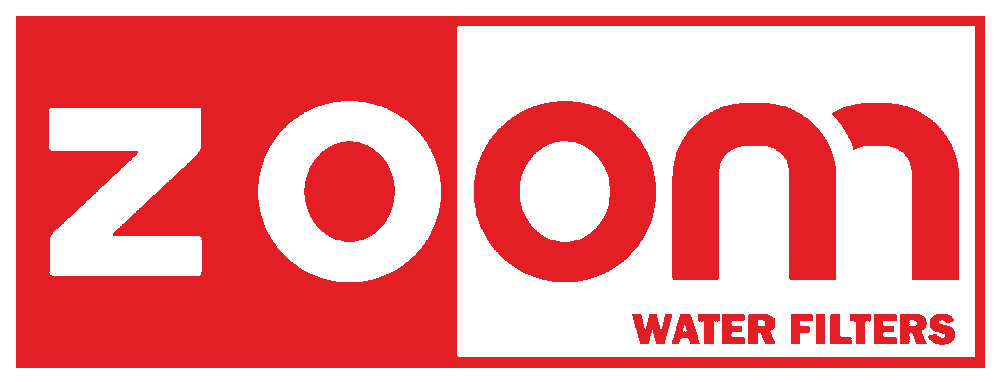

 العربية
العربية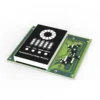
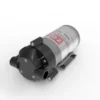
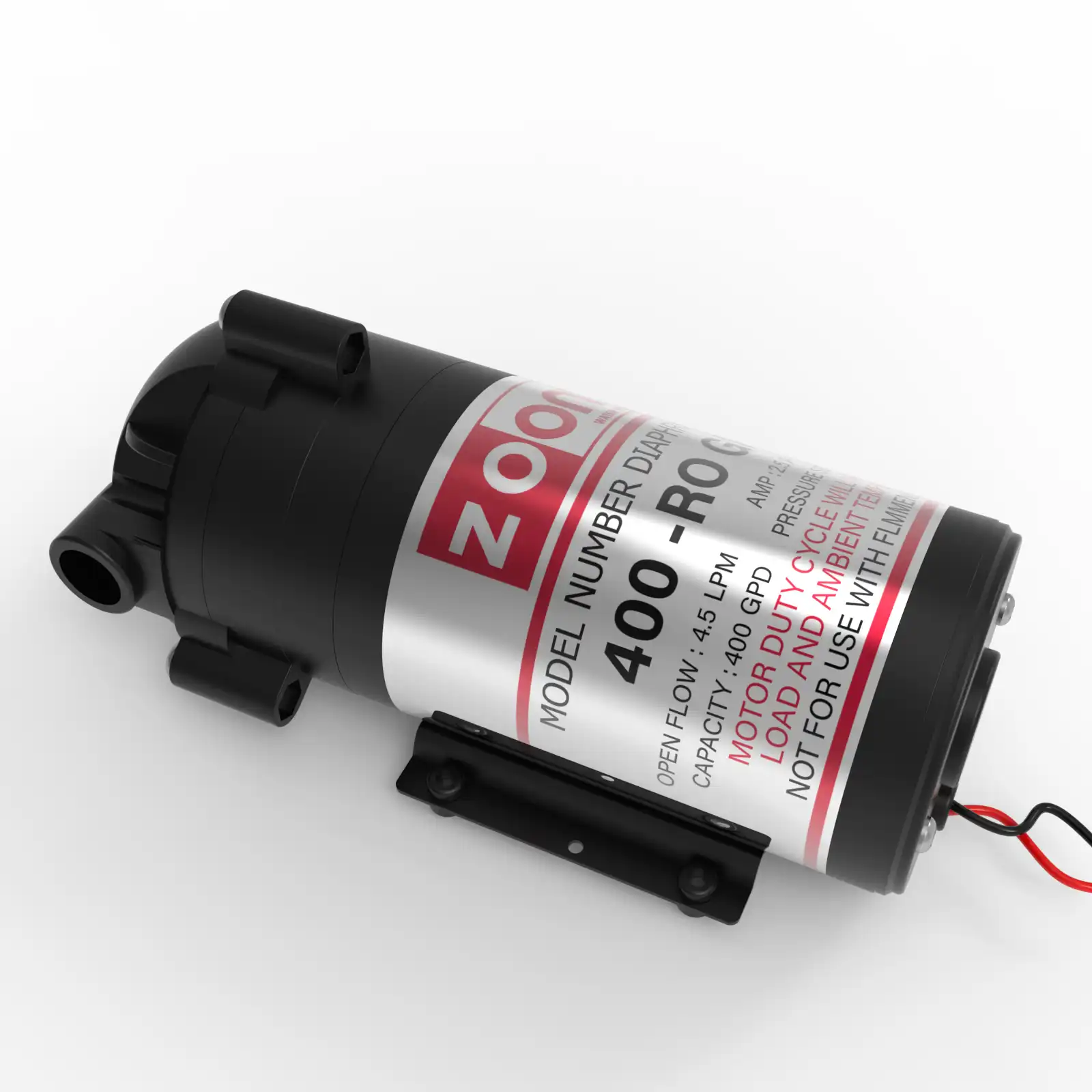
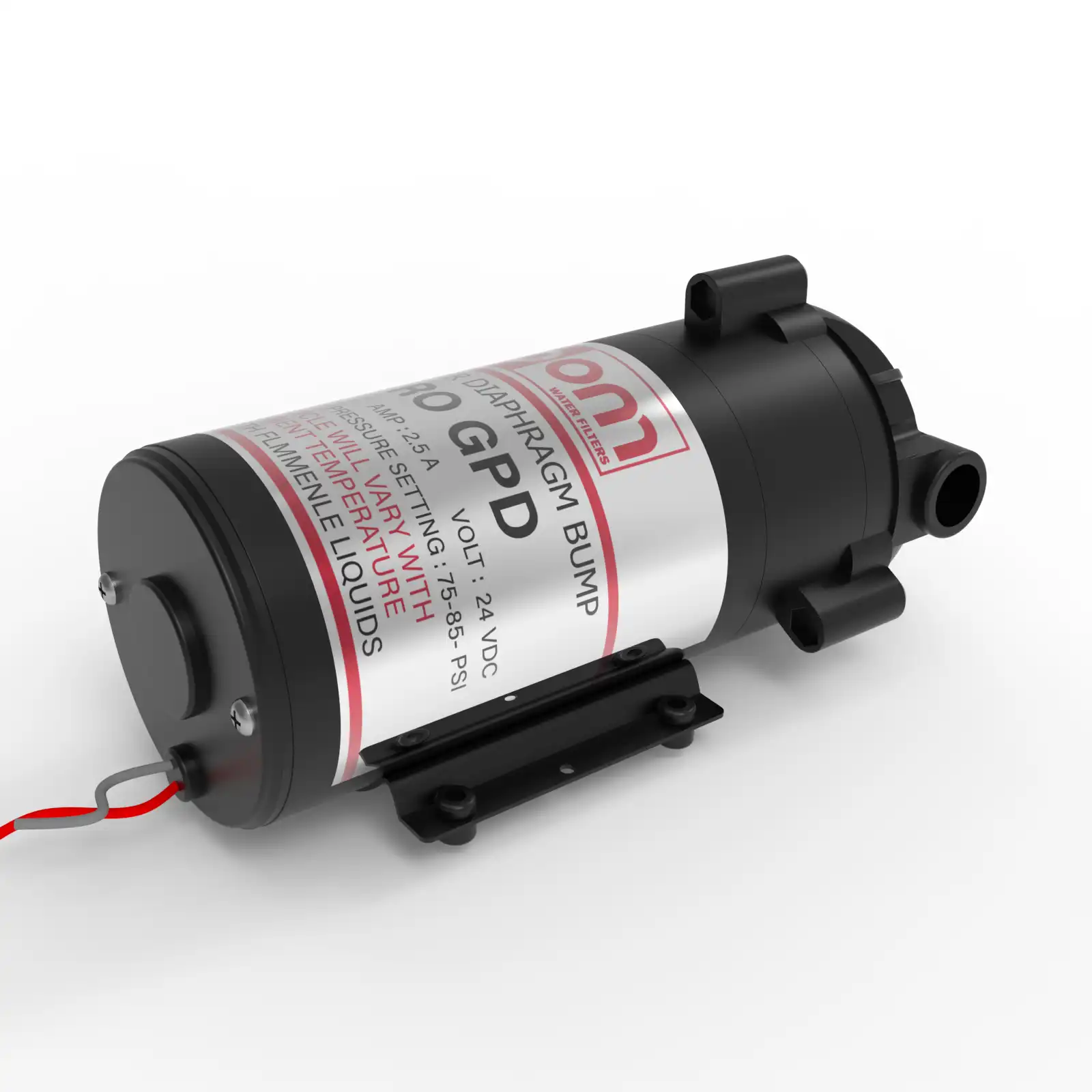
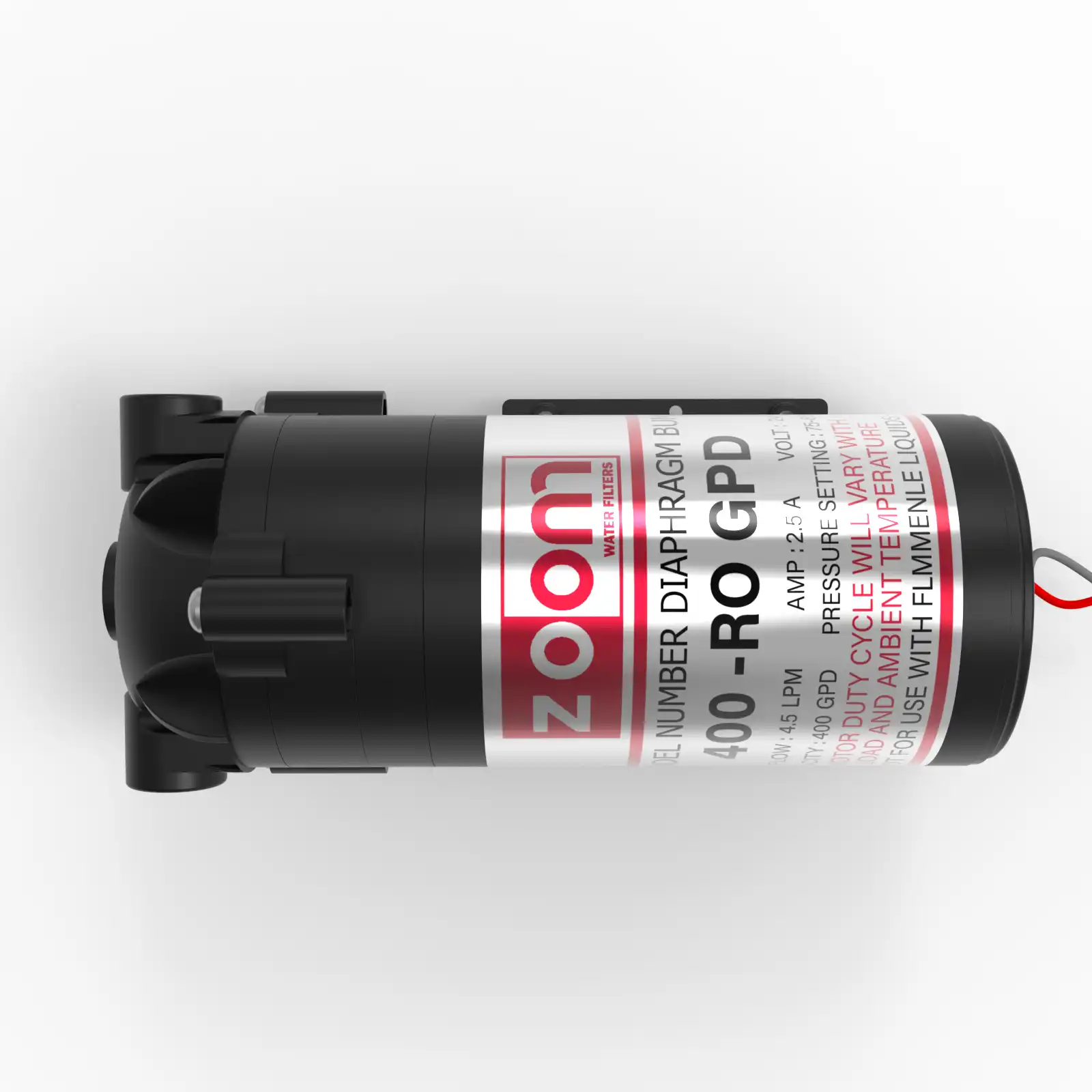
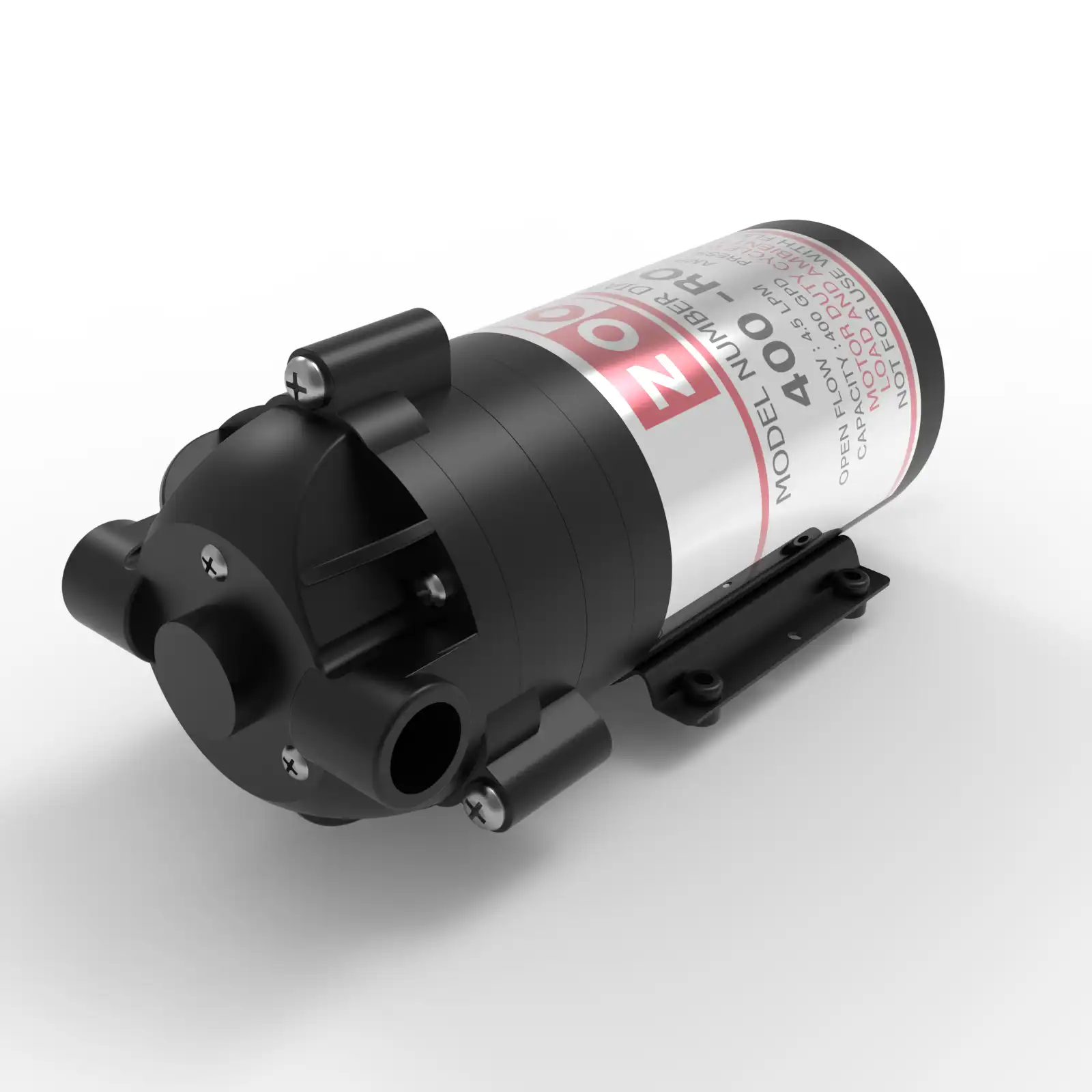
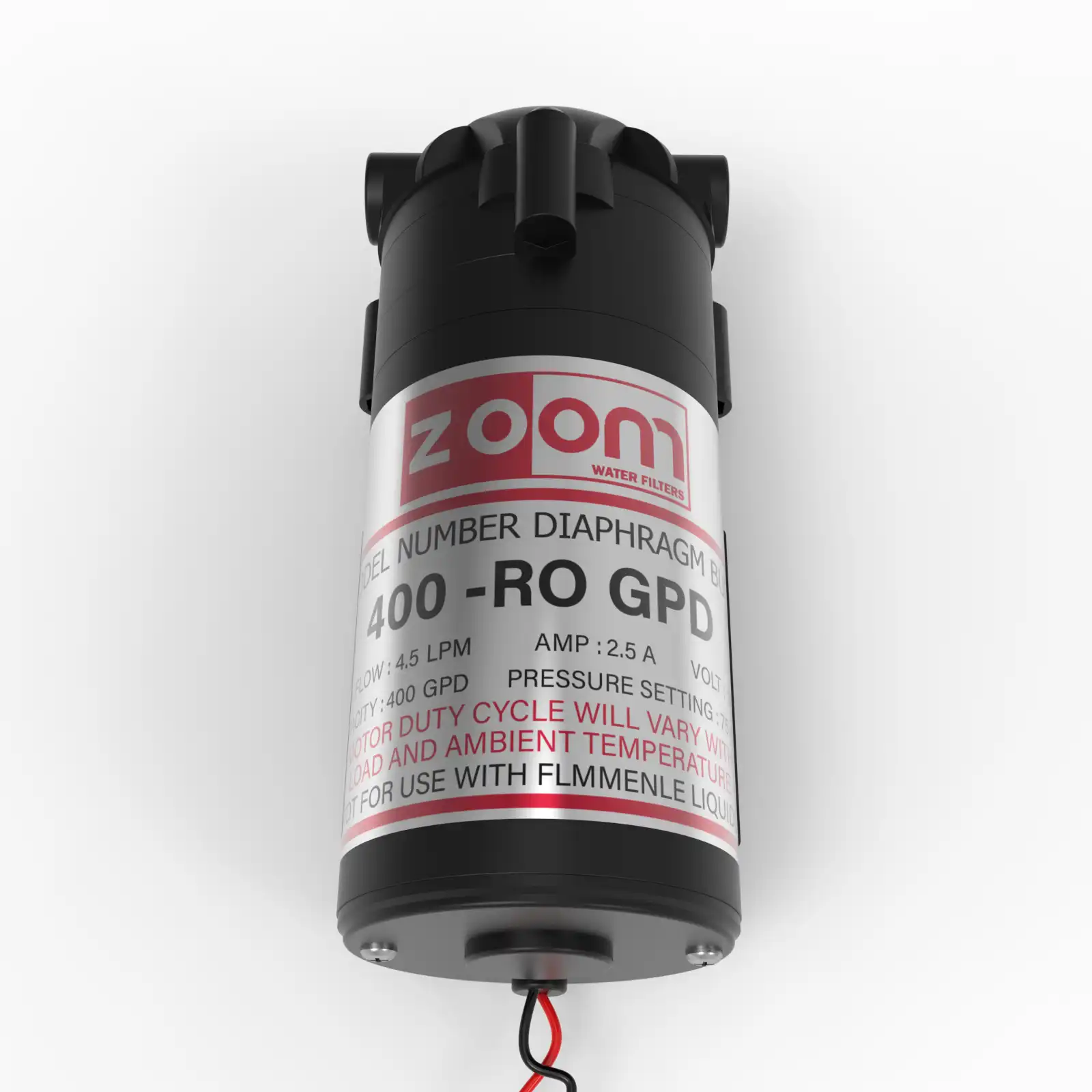


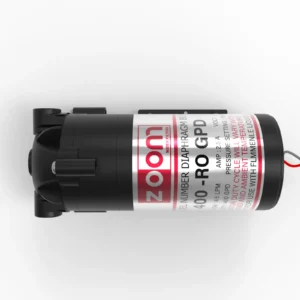
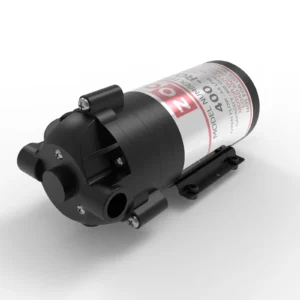
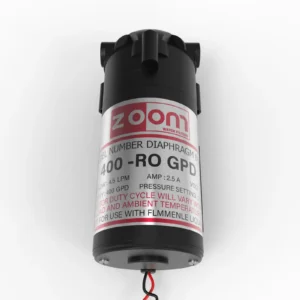
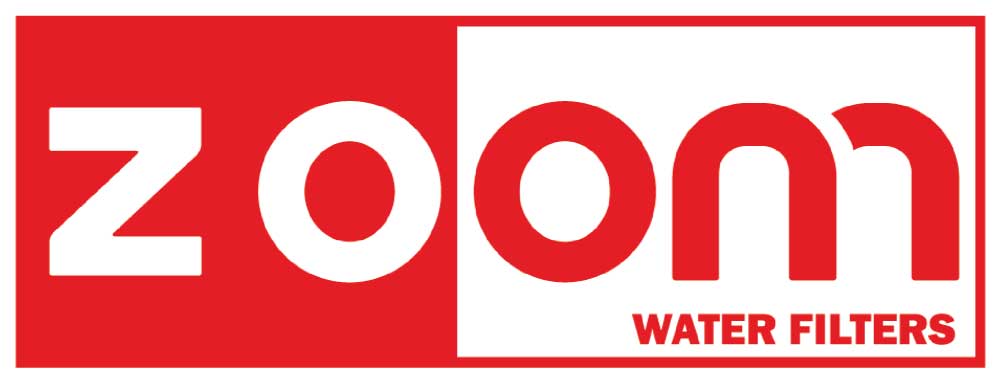
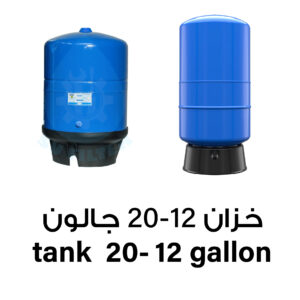

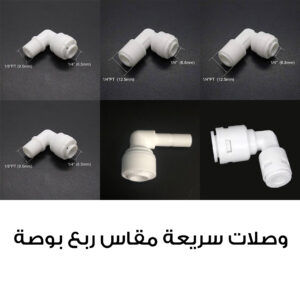
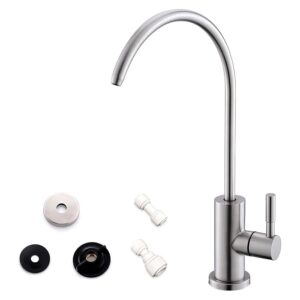
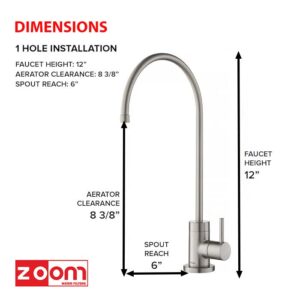
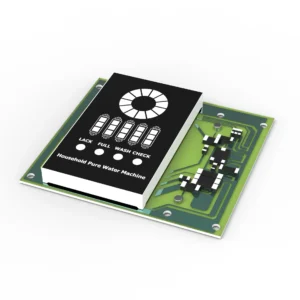
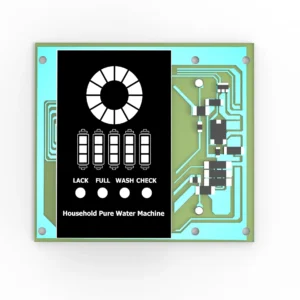
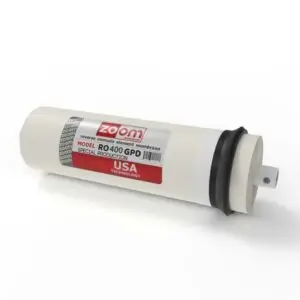
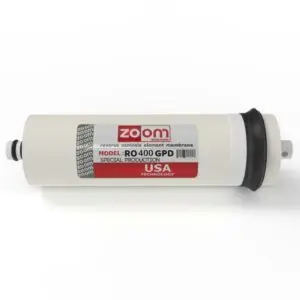
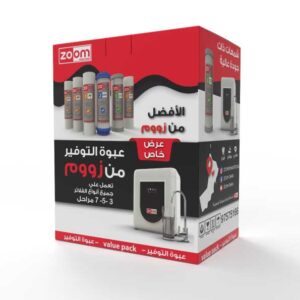
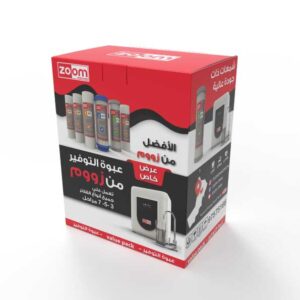
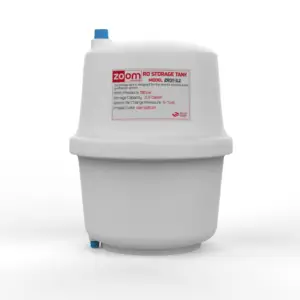
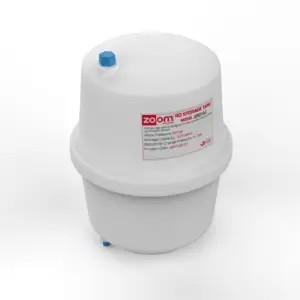
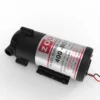
Reviews
There are no reviews yet.